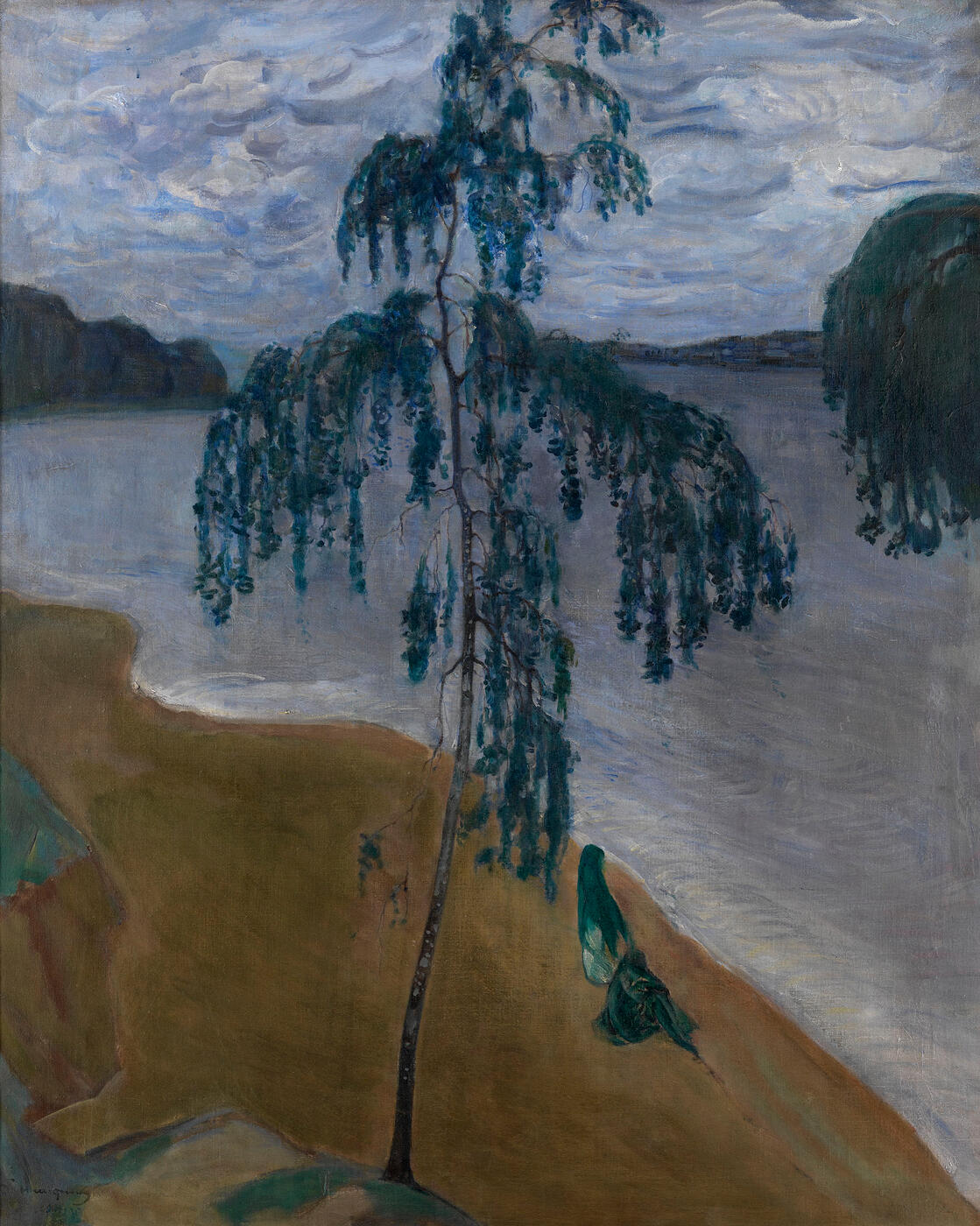MacDougall's Russian Art Auctions 27-30 May 2012
27 May 2012

* 109. ANISFELD, BORIS (1878-1973)
Grey Day on the Neva, signed and indistinctly dated 1909, also further titled, indistinctly inscribed and dated 1912 on the reverse.
Oil on canvas, 133.5 by 108 cm.
80,000–120,000 GBP
Provenance: Estate of the artist.
Exhibited: The 7th Exhibition of the Union of Russian Artists, Moscow, 1909–1910, No. 15.
The 7th Exhibition of the Union of Russian Artists, St Petersburg, 1910, No. 17.
Probably Vladimir Izdebsky’s 1st International Art Salon, Kiev, 1910.
The Boris Anisfeld Exhibition, itinerant: Brooklyn Museum, Boston Art Club, Albright Art Gallery Buffalo, Cleveland Museum of Art, Detroit Institute of Art, Milwaukee Art Institute, Minneapolis Institute of Art, St Louis City Art Museum, San Francisco Palace of Honor, The Art Institute of Chicago, 1918–1920, No. 12.
Contemporary Russian Painting and Sculpture: Realism to Surrealism, Wilmington Society of the Fine Arts, Delaware, 1932.
Paintings of Boris Anisfeld and a Selection of His Designs for Ballet and Opera, Adler Fine Arts, New York, 1979–1980, No. 56.
Boris Anisfeld. Paintings and Stage Designs, 1906–1926, Art Gallery of The Graduate Center, The City University of New York, 2003–2004, No. 2.
Literature: Exhibition catalogue, The 7th Exhibition of the Union of Russian Artists, Moscow, 1909, No. 15.
Exhibition catalogue, The 7th Exhibition of the Union of Russian Artists, St Petersburg, 1910, No. 17.
C. Brinton, The Boris Anisfeld Exhibition, New York, 1918, No. 12, illustrated.
L. Weinberg, “The Art of Boris Anisfeld”, The International Studio, vol. LXVI, No. 261, November 1918, p. viii.
Exhibition catalogue, Paintings of Boris Anisfeld and a Selection of His Designs for Ballet and Opera, New York, 1979, No. 56.
Boris Anisfeld. Paintings and Stage Designs 1906–1926, New York, Art Gallery of The Graduate Center, The City University of New York, 2003, No. 2, illustrated.
E. Lingenauber and O. Sugrobova-Roth, Boris Anisfeld. Catalogue raisonné, Düsseldorf, Edition Libertars, 2011, p. 123, P 162, illustrated.
This early and major symbolist work was completed in the summer of 1909, based on sketches and studies done on the upper Neva River near the town of Shlisselburg, roughly 35 km from St Petersburg. The town is close to the source of the Neva on Lake Ladoga, and had a system of locks dating from the 18th century. The site of the painting is at a point below the locks where the river broadens as it journeys towards the capital.
Grey Day on the Neva is constructed in typical Anisfeld manner, with an elevated perspective looking down at the female
figures seated beneath the willow tree on the river’s bank. This variety of willow is unique to the region. The symbolism of the willow is ancient, and it can refer to anything from death to resurrection, from resignation to hope. Anisfeld was fully aware of this ambiguity, and indeed, it is at the core of the mystery of the painting.
We are grateful to Charles Chatfield-Taylor for providing additional catalogue information.
Notes on symbols:
* Indicates 5% Import Duty Charge applies.
Ω Indicates 20% Import Duty Charge applies.
§ Indicates Artist's Resale Right applies.
† Indicates Standard VAT scheme applies, and the rate of 20% VAT will be charged on both hammer price and premium.